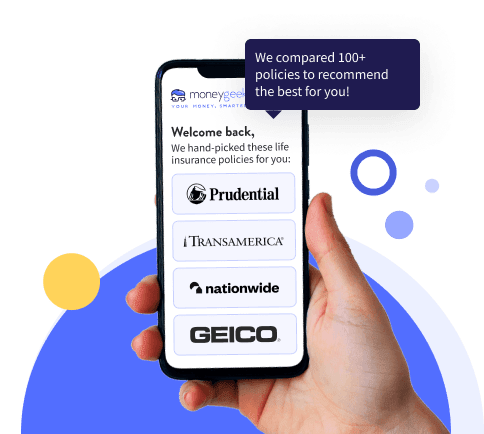Universal life insurance is a type of permanent life insurance that combines lifelong coverage with flexible premiums and a tax-deferred savings component. It's designed for people who want more control over how their policy works, such as how much they pay and how their cash value grows. Each premium payment is split into two parts:
- Cost of Insurance (COI): This covers the actual life insurance portion, including mortality charges, administrative fees and other costs that keep the death benefit active.
- Cash Value Component: The remaining amount goes into a cash value account, which earns interest based on the insurer's investment strategy, typically using stable vehicles like bonds. Over time, this account can grow, and you may be able to borrow against it or make withdrawals, depending on your policy's terms.
Universal life policies are often chosen by people who want long-term protection with the flexibility to adjust premiums, death benefits and investment options over time.


